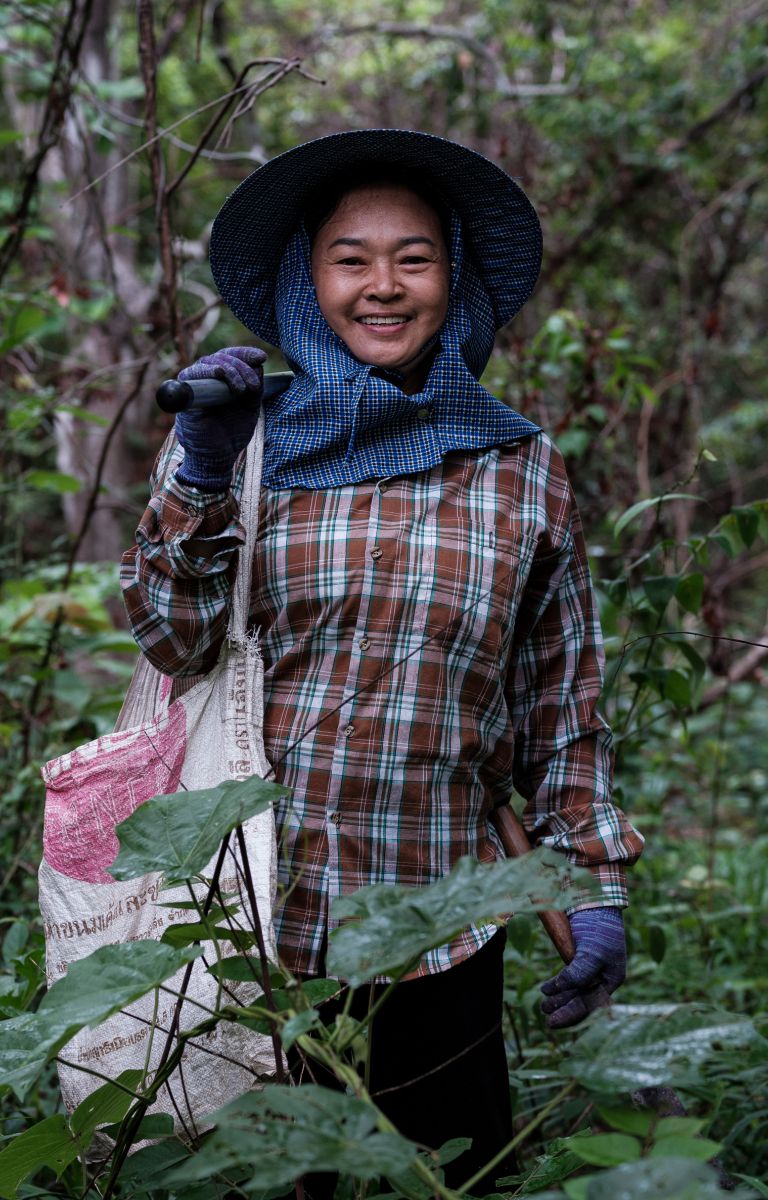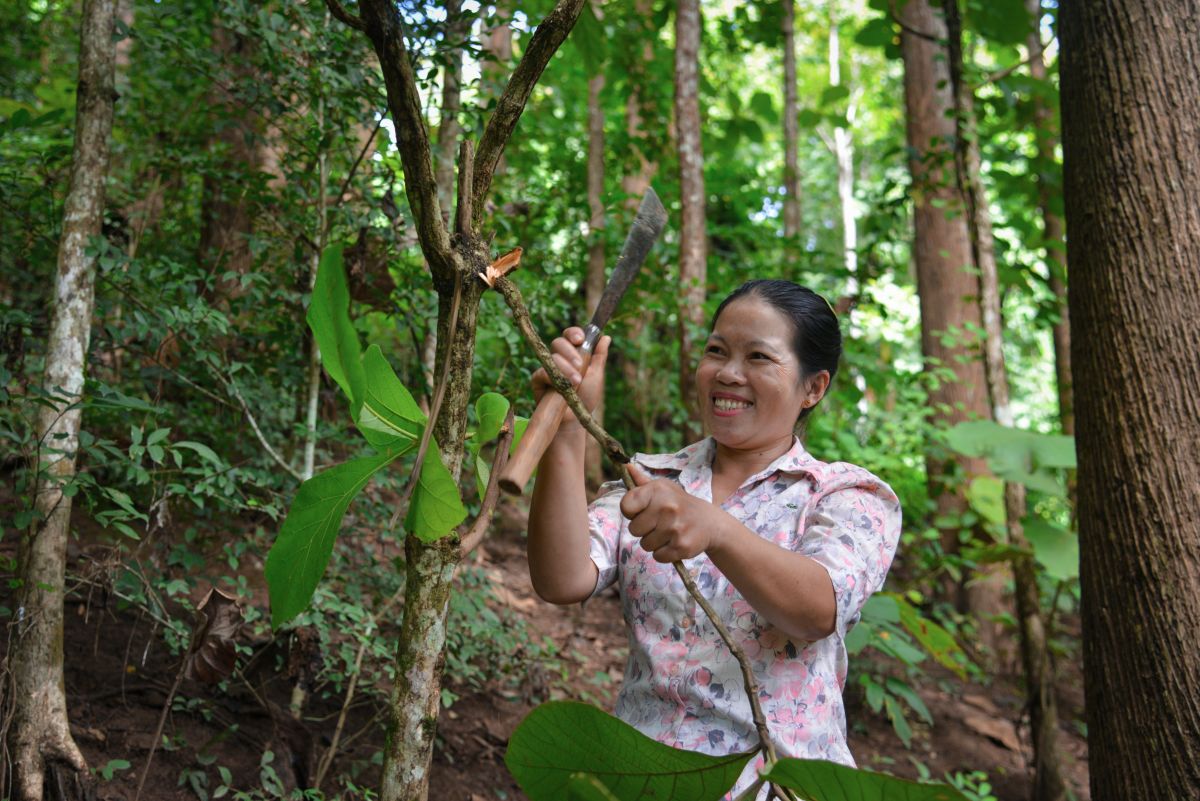

Across Southeast Asia, deforestation and forest degradation continue at an alarming rate. This is having major, and often irreversible, impacts on ecosystems and people. Marginalized groups such as low-income, ethnic minorities and women are particularly affected because they depend on the forest and natural resources for survival.
Deforestation and forest degradation also contribute to climate change, increasing the vulnerability of forest communities to extreme events. Addressing these challenges grows ever more urgent.
Various approaches and technical solutions can help to preserve forests and mitigate the impacts of forest loss. Among them is forest landscape restoration (FLR), which places the livelihoods of groups that depend on forests at the centre of restoration interventions.
The idea is that when local communities can find a way to benefit more sustainably from forests, they will grow and protect forests over the long term. FLR has great potential to contribute to the fight against climate change and it offers many other social, economic and environmental benefits—but only if it is properly done.
To help explain what FLR is, why it matters and how to do it, RECOFTC has created a guide for practitioners in Southeast Asia. The guide explains the fundamentals of FLR and serves as a starting point for future exploration and design of FLR initiatives.
Why forest landscape restoration?
FLR is particularly relevant in Southeast Asia, where the region's rich forests are under threat, rural poverty and inequality are entrenched, and land tenure and user rights are contested.
At the same time, there is huge potential for FLR to contribute to the development and environmental goals of Southeast Asian countries, including the United Nations Sustainable Development Goals and commitments under the Paris Agreement on climate change.
FLR involves far more than just planting trees. It aims to restore a healthy ecosystem and enhance human well-being across deforested or degraded landscapes. It is about restoring whole landscapes to meet present and future needs and to offer multiple benefits and land uses over time.

To do this, FLR involves local communities, governments, private sector, civil society and academia as landscape stakeholders. Together, they identify, consider and negotiate restoration options and land-use trade-offs transparently. By fostering the participation of many stakeholders, FLR balances social, economic and environmental goals and ensures that costs and benefits are equitably shared. In this way, FLR can deliver a wide range of benefits to stakeholders: income, carbon storage, wood, energy, food, biodiversity conservation and many more.
But taking such a holistic approach requires both new tools and new mindsets. Practitioners need to view and analyse issues through many lenses to implement interventions on the ground, and ensure that the impacts and changes are systematic and sustainable. Often, however, FLR has focused narrowly on technical aspects of restoration and overlooked social issues related to governance, tenure security, stakeholder participation and equity.
RECOFTC’s new guide helps to bridge these gaps. It explores stakeholder mapping and engagement, gender sensitivity, benefit sharing, financing and other aspects of FLR. It includes information about other tools for learning and practicing FLR, as well as further reading. By unpacking the concept of FLR through simple questions and answers, the guide will help practitioners understand more, and encourage communities to adopt FLR approaches.
###
Germany’s Federal Ministry for the Environment, Nature Conservation, and Nuclear Energy (BMU), which funds FLOURISH through the International Climate Initiative (IKI), supported the production of this publication.
RECOFTC's work is made possible with the continuous support of the Swiss Agency for Development and Cooperation (SDC) and the Swedish International Development Cooperation Agency (Sida).


